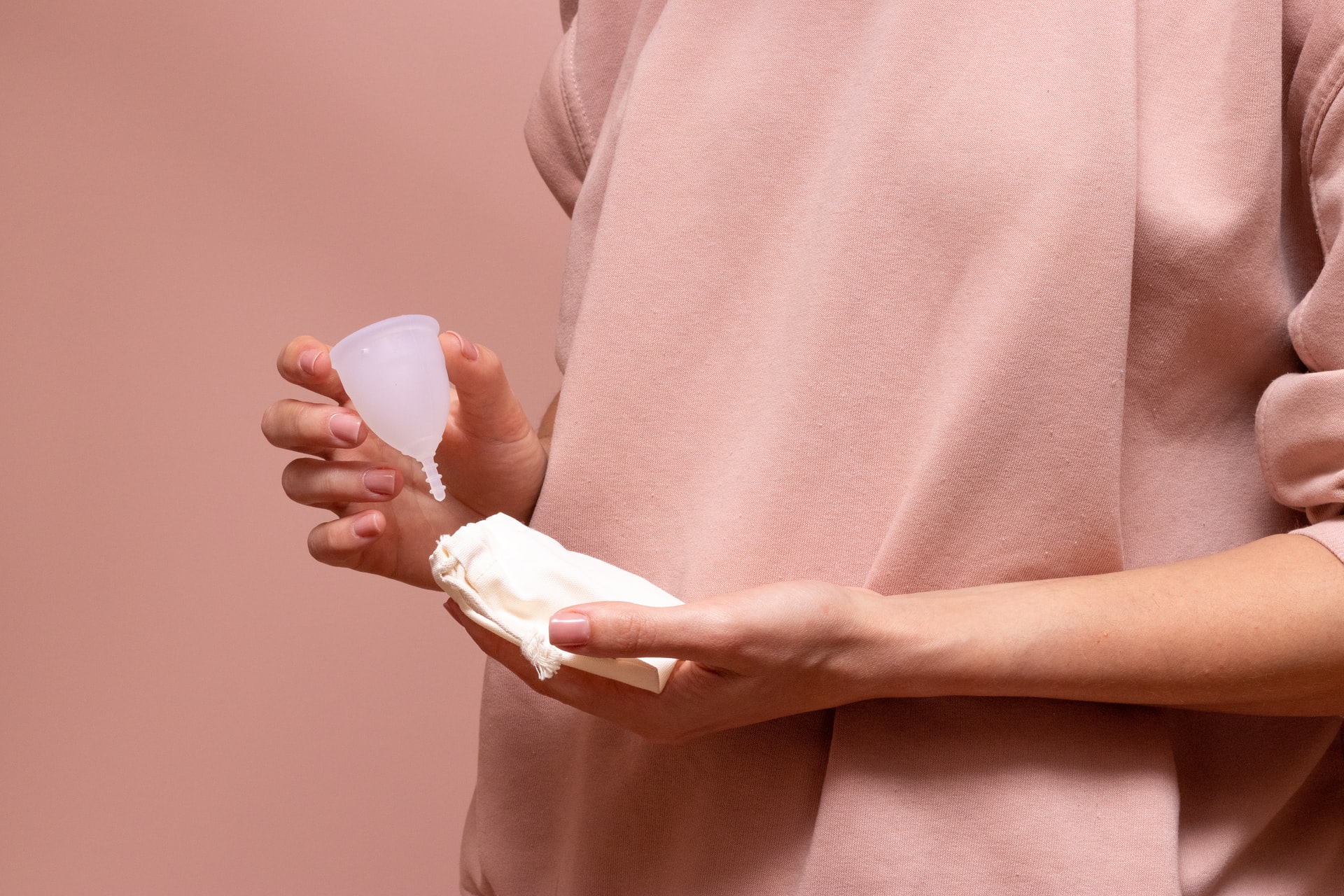
A menstrual cup is one of the most ecological solutions for the menstruation period. This inconspicuous accessory saves a lot of money and also contributes to reducing the waste we produce every month.
Menstruation in the zero waste style means resigning from disposable hygienic products, such as pads, sanitary towels and tampons, in favor of reusable products: cloth pads and sanitary towels, menstrual panties or a menstrual cup. The latter accessory in particular is growing in popularity. A menstrual cup, also called a menstrual cup, is a hygienic device used during menstruation. It has the characteristic form of a funnel/cap. It is usually made of silicone, rubber or thermoplastic TPE. What is important, the cups are available in many sizes, thanks to which they can be chosen according to one’s body build, age, abundance of menstrual periods, number of past births and degree of physical activity.
Among the advantages of using menstrual cups are:
Despite the many advantages, the cup also has disadvantages, but they certainly do not apply to every person who uses this means. A disadvantage can be considered, above all, the difficulty in choosing the right size, as well as problems with application and removal, although such problems usually appear only at the beginning of the adventure with the use of a cup. After a few cycles, you’ll get the hang of it, and inserting the cup will become a natural activity.
Thanks to the variety of cups available in stores, we can choose them according to individual needs. A correctly chosen cup sucks in the vagina and does not leak, as well as does not cause pain or discomfort. If, after the application, we feel it inside, or something is pinching, rubbing or hurting us, it means that the cup was put on incorrectly.
The most common sizes of cups are XS, S, M, L. Smaller sizes are recommended for teenagers, women with small body build and those who haven’t given birth yet. On the other hand, larger sizes may work well for people over 25 and those who have already gone through childbirth. However, these are only recommendations, not rules, so let’s choose cups according to individual needs.
Before the first use, the cup should be disinfected, for instance by boiling it. Wash your hands thoroughly before application. Then fold the cup in the shape of a C (in half) or S (edges folded into an S) and place it in the vagina. Once inside, the cup will unfold and return to its shape. You can gently pull it down to make it suck in better and fit into the vagina, so it won’t leak.
If you want to remove the menstrual cup, you need to grasp the tip of the cup, gently squeeze the edges and move it from side to side so that it sucks away from the vaginal walls. After removal, the cup is emptied and washed under running water. Remember to empty it from 2 to 4 times a day, at least every 12 hours.
main photo: unsplash.com/Oana Cristina